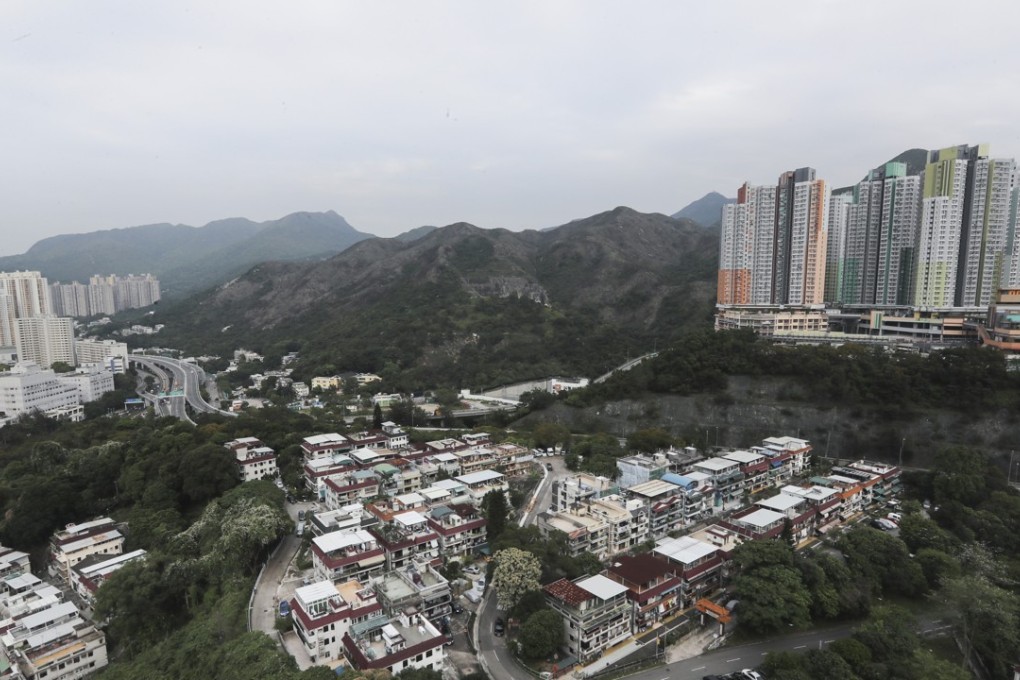Continuity needed on public housing initiative
Only a small part of two country parks is being considered for development and there are enough safeguards to ensure that conservation will not be compromised

After exploring a few options, the Housing Society has decided to focus on two ecologically non-sensitive sites on the edges of Ma On Shan and Tai Lam country parks. Only public housing and flats for the elderly will be built. The measured approach is a sensible response to concerns over excessive development.
A closer look at the city’s land use provides further justification for the initiative. Over the past few years, the total size of designated country park land has increased by 6 per cent to 43,000 hectares, or about 41 per cent of the territory. But only 7 per cent of the city’s land is currently zoned for housing. With 275,900 applications still in the queue for public housing, it is estimated that another 200 hectares of land are needed beyond 2030 to meet the demand.